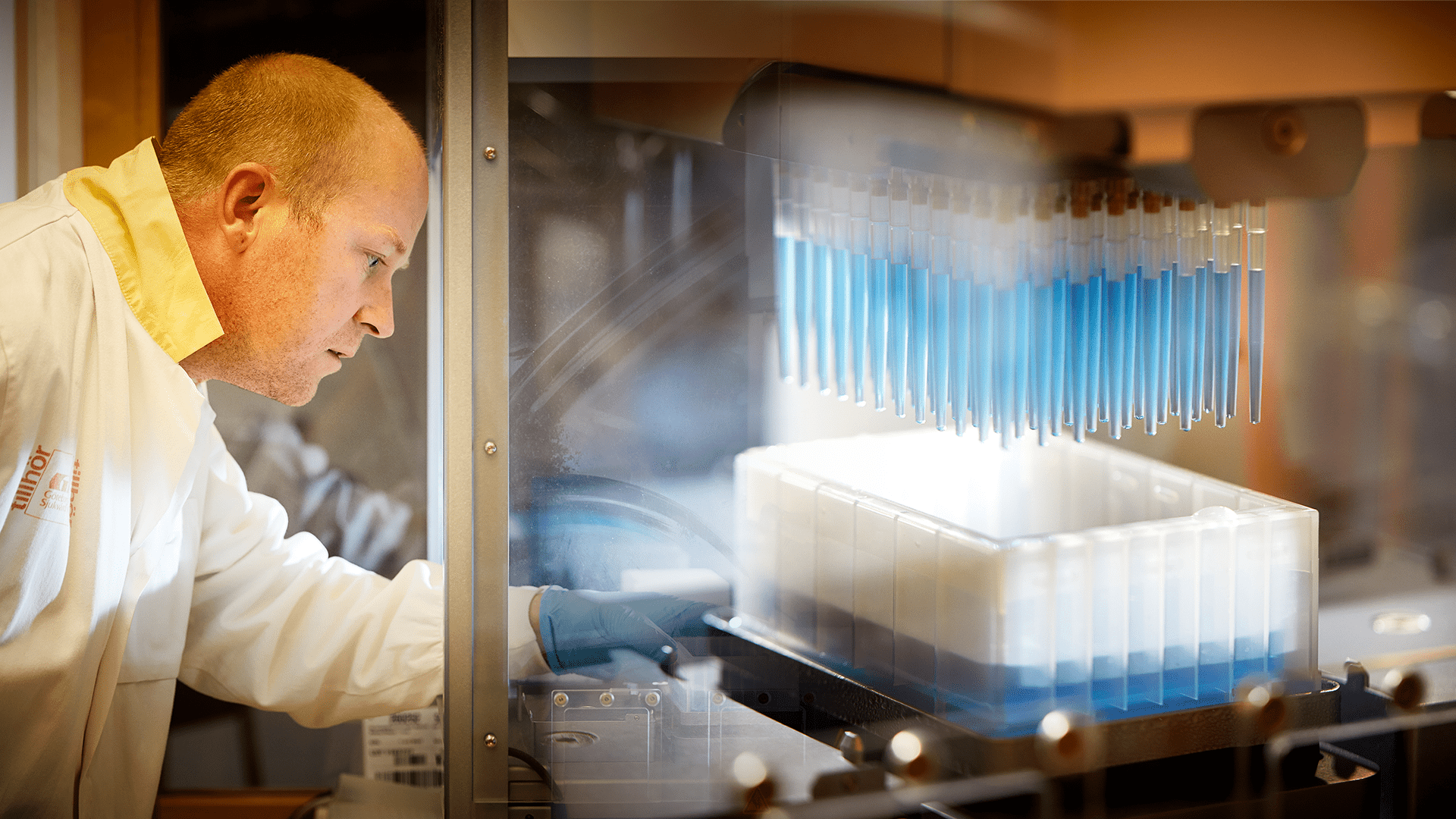In the realm of pharmaceuticals, the synergy between drug discovery and active pharmaceutical ingredient (API) manufacturing is increasingly recognized as a pivotal factor in accelerating the development of new drugs and optimizing their production. This convergence is catalyzing transformative changes in the pharmaceutical industry, pushing boundaries and fostering innovation at every stage of drug development. Historically, drug discovery and API manufacturing were distinct processes often carried out by separate entities or departments within a pharmaceutical company. Drug discovery focused on identifying potential therapeutic molecules and optimizing their efficacy and safety profiles. Once a promising candidate was identified, the focus shifted to API manufacturing, involving the synthesis of the active ingredient on a larger scale, adhering to stringent regulatory requirements.

However, the traditional sequential approach has proven to be time-consuming and costly, hindering the rapid translation of drug candidates into marketable products. To overcome these challenges, a paradigm shift is underway, aiming to integrate drug discovery and API manufacturing into a seamless, interdisciplinary endeavor. One of the key benefits of merging drug discovery and API manufacturing lies in improving efficiency and streamlining the drug development process. By involving manufacturing expertise early in the drug discovery phase, potential manufacturing challenges and limitations can be anticipated and addressed in real time, more info ensuring that the identified drug candidate is amenable to scalable, cost-effective production. Moreover, this integrated approach enables a deeper understanding of structure-activity relationships, allowing for the design of drug molecules with manufacturability in mind. Chemists and process engineers can collaborate to fine-tune chemical structures, selecting optimal synthetic routes that are not only efficient in the lab but also translatable to large-scale production.
Implementing this integrated approach requires a convergence of skill sets and knowledge bases. Multidisciplinary teams encompassing chemists, chemical engineers, pharmacologists, and regulatory experts work collaboratively, sharing insights and expertise. This interdisciplinary collaboration fosters innovation and accelerates decision-making, leading to a more efficient and informed drug development process. Furthermore, the convergence of drug discovery and API manufacturing supports the adoption of greener and more sustainable practices. Early consideration of the environmental impact of chemical processes enables the implementation of efficient synthetic routes with reduced waste generation and energy consumption.
This sustainability-driven approach aligns with global initiatives promoting environmentally conscious drug development and manufacturing. In conclusion, the merging of drug discovery and API manufacturing represents a fundamental shift in the pharmaceutical industry, driving efficiencies and accelerating drug development. This integrated approach optimizes the synthesis of novel drug candidates, ensuring that they are not only effective and safe but also manufacturable at scale. The interdisciplinary collaboration fosters innovation, sustainability, and ultimately, the timely delivery of life-changing medications to patients in need. As we stand at this crossroads, the future of pharmaceuticals is being shaped by this synergistic merger, promising a brighter and more efficient landscape for drug development.

